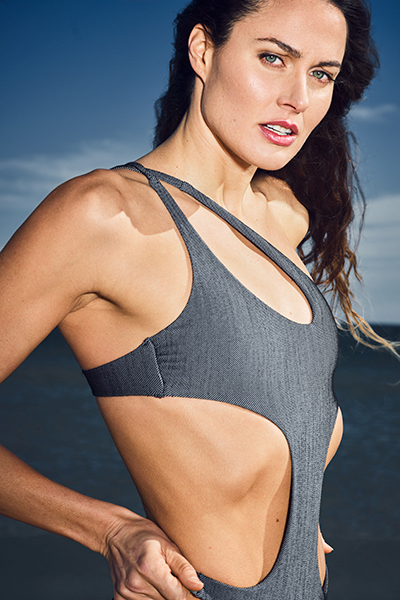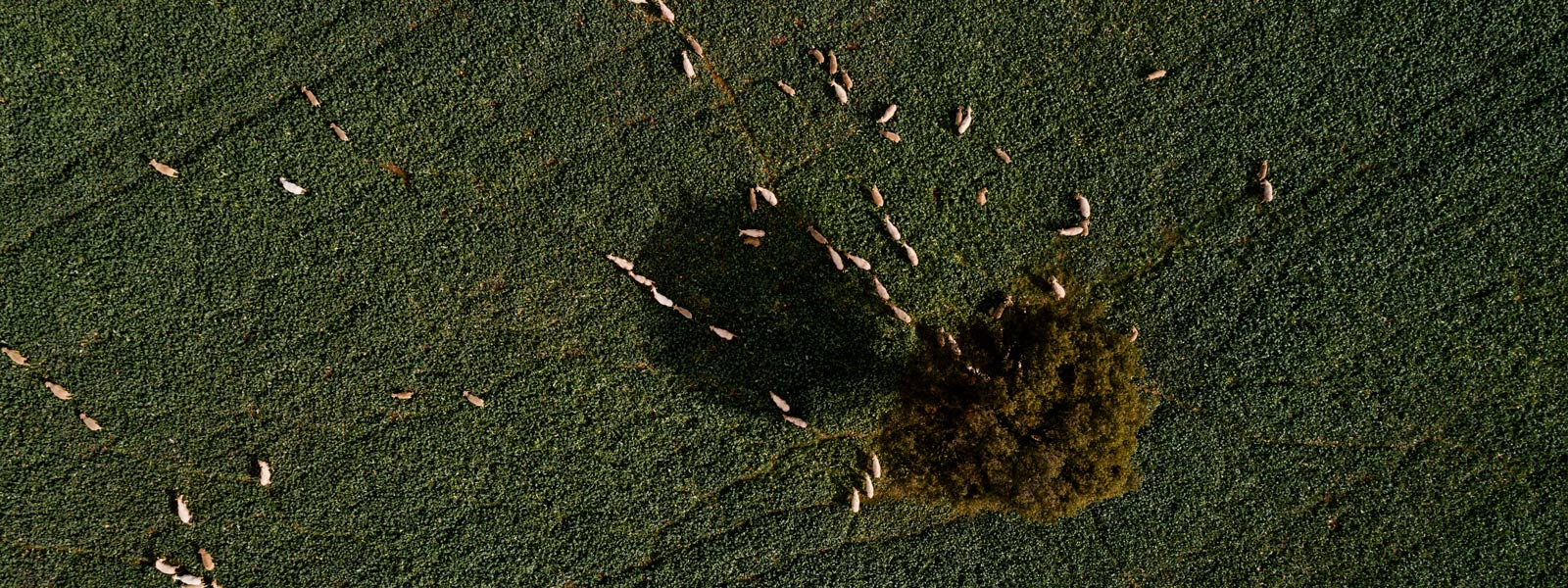From nature comes the world’s most technically advanced and original performance fibre. No other fibre can match all of Merino wool’s benefits: breathable, moisture wicking and odour resistant. With Merino wool, Mother Nature got it right.
Thermoregulation
In contrast to synthetics, Merino wool is an active fibre that reacts to changes in body temperature. So it helps you stay warm when the weather is cold, and cool when the weather is hot.
Moisture Mangement
Merino wool fibres can transfer large quantities of moisture vapour from the body, which are then evaporated into the air. This means the microclimate next to the skin stays dryer and avoids the discomfort associated with sweat.
Odour Resistant
In contrast to synthetics, Merino wool can absorb moisture vapour which means less sweat on your body. Merino wool even absorbs the odour molecules from sweat, which are only released upon washing.
Durable
Wool is more elastic than other fibres. This means the wool fibre can stretch much further than other fibres and absorbs energy before it breaks.
Naturally Elastic
Natural elasticity helps Merino wool garments stretch with you, yet return to their original shape. So Merino wool clothing is ideal to wear when exercising.
Soft on Skin
Merino wool fibres are extremely fine, enabling them to bend far more than traditional, coarser wool fibres. This makes Merino wool feel soft and luxuriously gentle next to your skin.
UV Resistant
Merino wool clothing provides good protection from the sun, compared with the protection from other fibres. As a natural fibre, evolved over millions of years to protect sheep against the elements, Merino wool absorbs UV radiation providing protection from the sun.
Fire Resistant
Wool’s inherent chemical structure makes wool naturally flame resistant. It is a highly trusted natural fibre in public areas such as hotels, aircraft, hospitals and theatres. Whilst cotton catches alight at 255°C, the temperature must reach 570-600°C before wool will ignite.
Stain Resistant
Merino wool fibres have a natural protective outer layer that helps prevent stains from being absorbed. Furthermore, because Merino wool tends not to generate static, it attracts less dust and lint.
Processing Innovation and Product Development
A fibre of infinite potential to shape a positive future.
Wool's Dynamic Breathability
Wool's Dynamic Breathability
A three-year PhD study undertaken at North Carolina State University now validates this unique benefit of wool’s superior thermal comfort as unmatched by fabrics of non-wool fibre compositions in similar thickness and weight.
Protection wear meets urban knits
Protection wear meets urban knits
A new capsule collection inspired by protection wear, in collaboration with knitting machine company Shima Seiki Italia S.p.A and four Merino wool yarn manufacturers – Tollegno 1900, Zegna Baruffa Lane Borgosesia, Südwolle Group and Loro Piana Yarns.
Seamless Merino wool cycling kit
Seamless Merino wool cycling kit
Discover the new prototype collection of women’s cycling garments that illustrate the full potential of Merino wool technical seamless performance apparel.
OptimTM spinning technology
OptimTM spinning technology
Fibre stretching technology which creates a wind and water-resistant fabric made with 100% Merino wool.
Shima Seiki WholeGarment Knit Performance in Wool
Shima Seiki WholeGarment Knit Performance in Wool
Shima Seiki Italia and The Woolmark Company unite with two Italian partners H-Dry Technology and Macpi Group – to create a new performance wear capsule collection for mountain and snow sports.
3D printing on Merino wool
3D printing on Merino wool
Three-dimensional (3D) printing is the latest big innovation in textile design and manufacturing, with the world of high-end fashion showing significant interest in 3D printing directly onto base fabrics.

ARENA

HUCKBERRY

MIZUNO

LUNA ROSSA PRADA PIRELLI

SALOMON

NISSAN

SAUL NASH

PRADA LINEA ROSSA
Collaborations

Sustainability and Circularity
Woolmark+
Woolmark+
The Woolmark+ roadmap is designed to empower woolgrowers and supply chain partners to accelerate the industry's transition to a nature positive future, building on existing successes while introducing new initiatives to safeguard the future of wool.
Circularity
Circularity
Circular design in the textile industry uses regenerative materials, keeps garments in use and provides pathways for reuse, recycling and biodegradation at end-of-life. Discover how wool can be used within a circular textile economy.
Sustainability and Wool
Sustainability and Wool
For designers, brands and manufacturers looking for sustainable material solutions, wool is a natural, technical and circular fibre that can be easily integrated into sustainable material strategies.
A fibre story
The History of Merino Wool
Wool has been used in clothing for millennia: from primitive man first clothing himself in the woolly skins of wild sheep through the civilisation of Babylonia where people first distinguished wool sheep from food sheep, through Roman times when there were definite signs of selective breeding for a superior fleece, and through to the ascendancy of wool during the Middle Ages in Europe. By the late eighteenth century, the Industrial Revolution began a movement which took the textile industry from the home into the workshop and factory.








